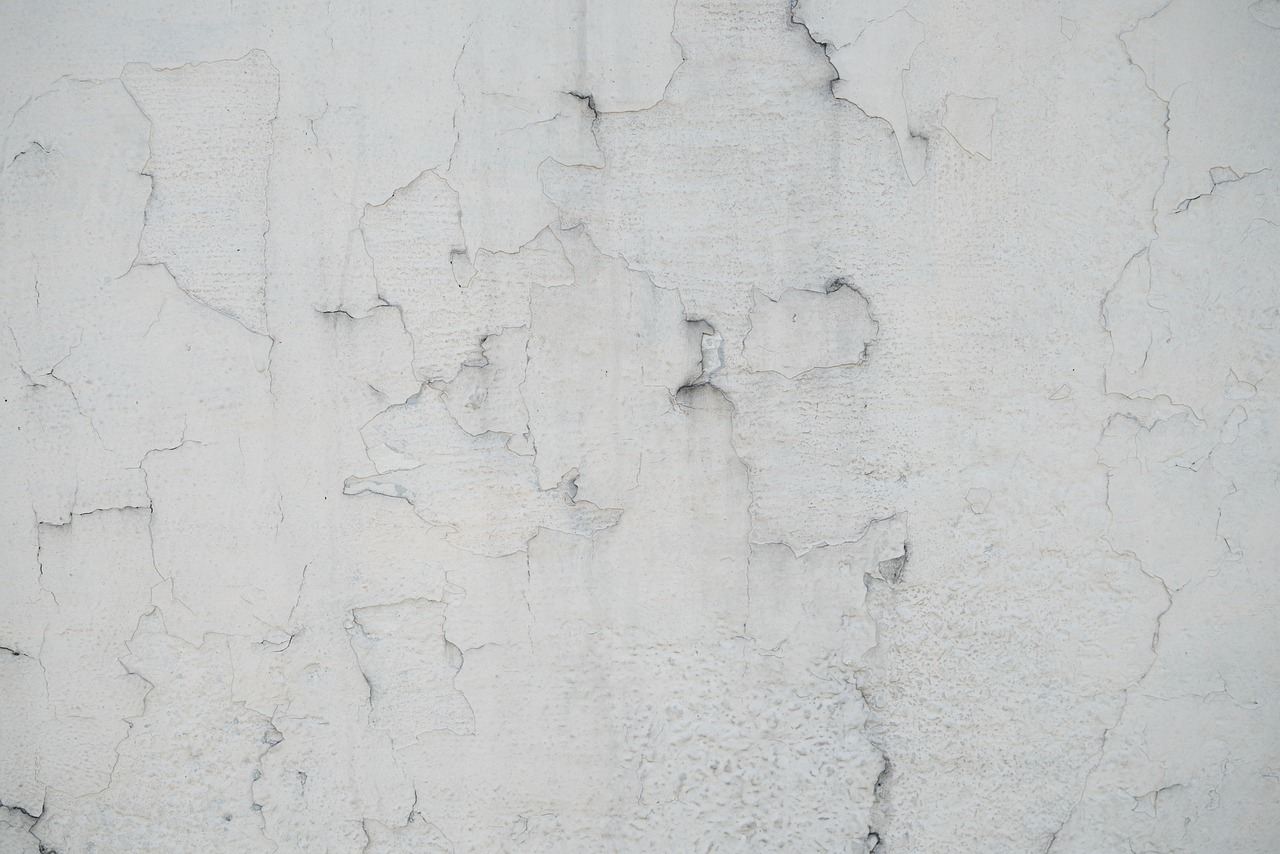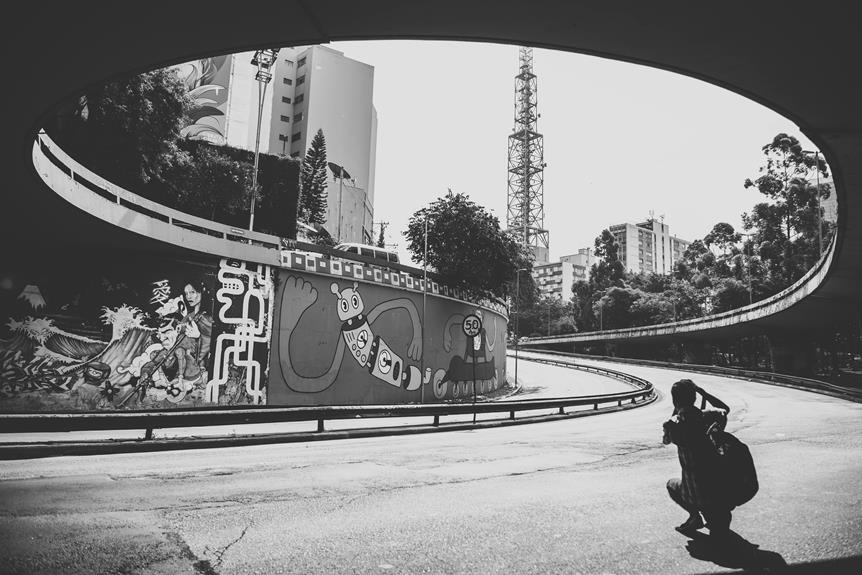You celebrate World Art Day every April 15th to honor art's role in fostering creativity and cultural diversity. UNESCO proclaimed this day in 2019, coinciding with Leonardo da Vinci's birthday to emphasize his contributions. Initiated by the International Association of Art in 2012, it promotes cultural harmony and innovation. Activities include workshops, debates, and exhibitions, encouraging you to appreciate artists' roles in cultural exchange and sustainable development. Engaging in these events enhances your understanding of art's societal impact. If you're curious about how various art movements and renowned artists shape our world, further exploration awaits you.
Key Points
- Celebrated annually on April 15th, marking Leonardo da Vinci's birthday.
- Established by the International Association of Art in 2012 and proclaimed by UNESCO in 2019.
- Promotes art appreciation, creativity, innovation, and cultural diversity through various activities.
- Encourages cultural harmony and global understanding by emphasizing art's role in peacebuilding.
- Activities include debates, workshops, exhibitions, and educational events to engage the public.
What Is World Art Day?
World Art Day, celebrated annually on April 15th, is a global event dedicated to promoting the appreciation and dissemination of art across diverse cultures. Proclaimed by UNESCO in 2019, this day encourages creativity, innovation, and cultural diversity.
You'll find activities like debates, conferences, workshops, and cultural events designed to highlight art's role in sharing knowledge and fostering dialogue. World Art Day underscores the crucial connection between artistic creations and society.
During crises, like the COVID-19 pandemic, art has proven its ability to unite and connect people. By participating in World Art Day, you're not just celebrating artistic expression but also reinforcing the significance of art in enhancing human experience and societal cohesion.
History and Significance
Leonardo da Vinci's birthday on April 15th serves as the perfect backdrop to explore the history and significance of World Art Day, a celebration that not only honors artistic achievements but also fosters cultural harmony and global understanding. Established in 2012 by the International Association of Art (IAA), this day underscores the role of art in cultural exchange and peacebuilding.
By recognizing artists' contributions to sustainable development, World Art Day emphasizes art's power to unite people across boundaries. Every year, artists, galleries, museums, and schools globally support and celebrate this day, highlighting art's pivotal role in society.
World Art Day's inception signifies a collective commitment to appreciating and promoting the transformative impact of art worldwide.
Celebrating World Art Day
Every year on April 15th, a myriad of activities such as debates, workshops, and exhibitions bring communities together to celebrate and promote the profound impact of art on society. By participating in these events, you can engage in meaningful conversations about the role of art in sustainable development and its importance in education.
Artistic expressions foster dialogue and creativity, reinforcing the connection between society and art. Here's how you can get involved:
- Attend local art exhibitions to explore diverse artistic expressions.
- Join workshops to develop your own creative skills.
- Participate in debates to discuss the impact of art on cultural diversity.
- Volunteer at art events to support community initiatives.
- Share your experiences on social media to inspire others.
These activities unite people, showcasing the transformative power of art.
Famous Artists and Artworks
Many of history's most famous artists and their iconic artworks have profoundly influenced the evolution of artistic expression and continue to inspire new generations.
David Hockney's vibrant, colorful paintings capture the essence of contemporary life with a fresh, bold approach.
Hannah Höch revolutionized the Dada movement with her pioneering photomontages, challenging societal norms.
Yinka Shonibare's contemporary pieces, integrating African fabrics, explore post-colonial themes and cultural identity.
Julia Margaret Cameron's 19th-century photography set new standards for portraiture, emphasizing emotion and character.
Niki de Saint Phalle's large-scale, colorful sculptures confront viewers with their playful yet profound commentary on femininity and societal roles.
Each artist's unique contributions highlight the diverse ways art can reflect and shape our world.
Art Movements and Styles
Building on the legacies of famous artists and their groundbreaking works, the exploration of art movements and styles reveals the dynamic evolution of creative expression throughout history.
You can delve into Expressionist painting, characterized by its emotional intensity, or Cubism, pioneered by Pablo Picasso, which broke objects into geometric shapes. Surrealism, with Salvador Dali at the forefront, brought dreamlike visuals to life.
Additionally, the diversity in art styles adds richness to this exploration. From relief printing and mixed media to landscape painting and Islamic Art, each style offers unique perspectives.
- Expressionist Painting: Intense use of color and emotion
- Cubism: Geometric deconstruction of subjects
- Surrealism: Dreamlike, fantastical imagery
- Mixed Media: Combining various materials
- Photography: Capturing moments through a lens
Art Education and Impact
Art education, by fostering creativity and cultural awareness, has a significant impact on individual growth and societal development. You'll find that it nurtures creativity, innovation, and cultural diversity, essential for personal and collective progress.
In classrooms, it plays an important role in sharing knowledge and sparking curiosity. Celebrating World Art Day through engaging activities like debates and workshops boosts dialogue and creativity.
By integrating culture into art education, you promote inclusive and equitable learning. Utilize classroom resources to celebrate artists' works, inspiring students and enriching their educational experience.
This holistic approach not only enhances artistic skills but also broadens perspectives, fostering a more vibrant, inclusive society.
Frequently Asked Questions
Why Do We Celebrate World Art Day?
You celebrate World Art Day to promote creativity, innovation, and cultural diversity. It emphasizes the critical role of artists in sustainable development, enhances arts education, and strengthens the connection between artistic creations and society.
What Is the Theme for World Art Day 2024?
The theme for 2024 is 'A GARDEN OF EXPRESSION: Cultivating Community through Art.' You'll explore how art fosters unity, celebrates diversity, and strengthens communal bonds, symbolizing growth, beauty, and interconnectedness in society.
What Date Is National Art Day?
National Art Day falls on April 15th every year. You'll find this date significant as it honors Leonardo da Vinci's birthday, aiming to raise awareness about art's role in cultural exchange through various global artistic activities.
What Are Some Facts About World Art Day?
You'll find that World Art Day, celebrated on April 15, honors Leonardo da Vinci. UNESCO proclaimed it in 2019 to foster creativity, cultural diversity, and global unity through art. Activities include debates, workshops, and exhibitions.
Conclusion
You've now explored the vibrant essence of World Art Day, understanding its history, significance, and ways to celebrate.
From recognizing famous artists and their masterpieces to delving into various art movements, you've gained a rich context for appreciating art's impact.
Art education's role in shaping society underscores its importance. By cherishing art, you're not just honoring creativity but also fostering cultural and intellectual growth, making every brushstroke and sculpture an essential part of our shared human experience.

